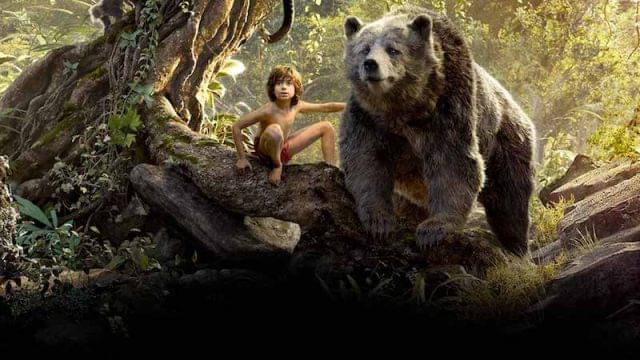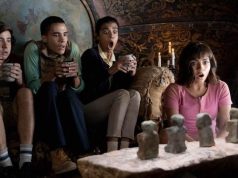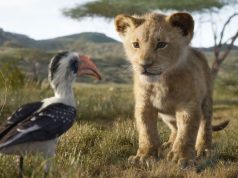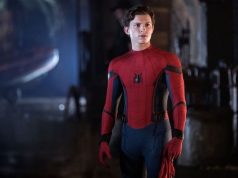
Disney’s new live-action version of “The Jungle Book” has the same basic plot and many of the same details as the 1967 animated one, so let’s not kid ourselves about why it exists. It’s not because the Disney braintrust wanted to improve upon their previous work; it’s because they wanted to copy their previous work and sell it again.
And hey, more power to ’em! If people are buying, you might as well sell. The new “Jungle Book,” directed by Jon Favreau (“Elf,” “Iron Man”) and written by Justin Marks (“Street Fighter: The Legend of Chun-Li”), adds a few characters (including some from the Kipling stories), fleshes out some story elements, and fills almost every frame of its 105-minute runtime with lush, realistic-looking flora and fauna, nearly all of it computer-generated. That’s right: despite being live-action, “The Jungle Book” is still largely animated.
What it doesn’t add, unfortunately, is heart. Again narrated by Bagheera the panther (voice of Ben Kingsley), the simple tale of a man-cub named Mowgli (Neel Sethi) who must return to the human village after being raised by jungle animals doesn’t elicit much emotion, even when emotional things are happening. Like too many big-budget, family-oriented spectacles, it’s a rather hollow affair, more “impressive” than, say, “entertaining.”
Oh, but it is impressive. Despite being shot entirely on sound stages with no actual living animals, it passes remarkably for the real thing. The cats, especially — Bagheera, and Shere Khan the tiger (Idris Elba) — move with astonishing accuracy. Kaa the python (Scarlett Johansson) is enormous, seductive, and sinister. (Too bad she’s only in one scene and adds nothing to the story.) There are scenes set at a watering hole, visited by dozens of species at once, that you could probably convince your parents featured nothing but live, trained animals.
And it’s fitfully entertaining, too. The glossy quasi-authenticity means, for example, that when Mowgli runs from Shere Khan, it’s not just a piece of action but a piece of thrilling action. You can sense the danger involved. It’s no longer a cute story about talking animals, but a genuine adventure — one that may terrify young children, I might add. (That’s a real boy being fiercely menaced by what looks like a real dang tiger!)
The voice work is all top-notch (especially Lupita Nyong’o as Mowgli’s wolf mother), and Neel Sethi is fine as Mowgli, but the dialogue they’re given to perform is mostly pedestrian. Serviceable. Not bad, and sometimes funny, but rarely clever. That’s disappointing when Baloo the bear is voiced by Bill Murray — perfect casting, and an opportunity to recapture the most charming aspect of the animated version, but Marks’ screenplay doesn’t take advantage of it. Apart from a few good lines (“Excuse me, am I in the right monkey temple?” is a perfect thing for Bill Murray to say), Murray-as-Baloo doesn’t sparkle. What’s more, the friendship between Baloo and Mowgli — the whole middle of the movie — never feels quite true. It doesn’t have the casual flow of palling around. It feels forced and unnatural, and not just because it’s a boy hanging out with a bear.
That’s the movie’s problem overall: it just doesn’t have a soul. Mowgli has close associations with Baloo, with Bagheera, and with his wolf family, but none of these relationships strike an emotional chord. And the problem isn’t the technology. Visually, Mowgli and the other live-action elements interact seamlessly with the computer-generated ones. The animals seem to have weight and mass, and their faces can express every human emotion. With a screenplay that actually added dimension to the familiar characters instead of just giving them more things to say, this could have been a massive achievement instead of just a good one.
B- (1 hr., 45 min.; )





